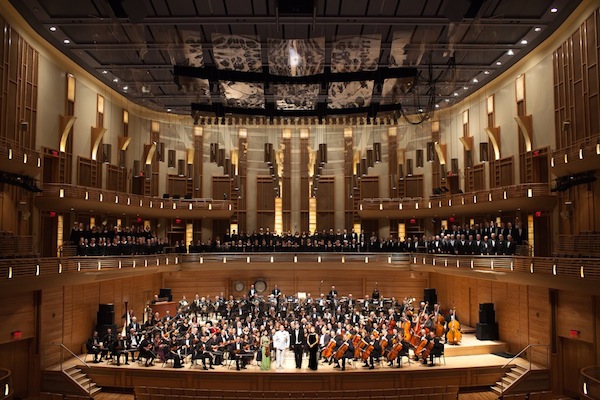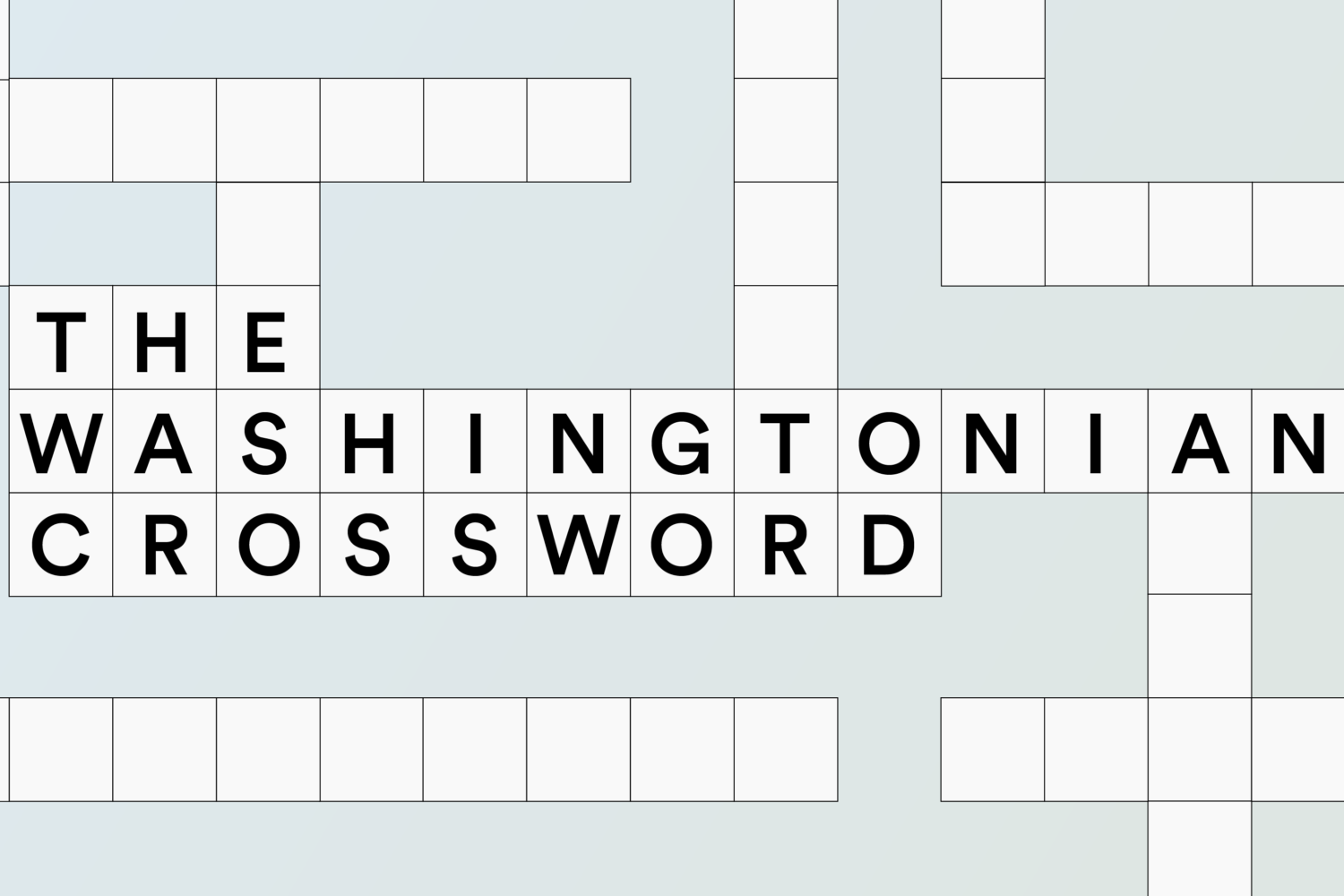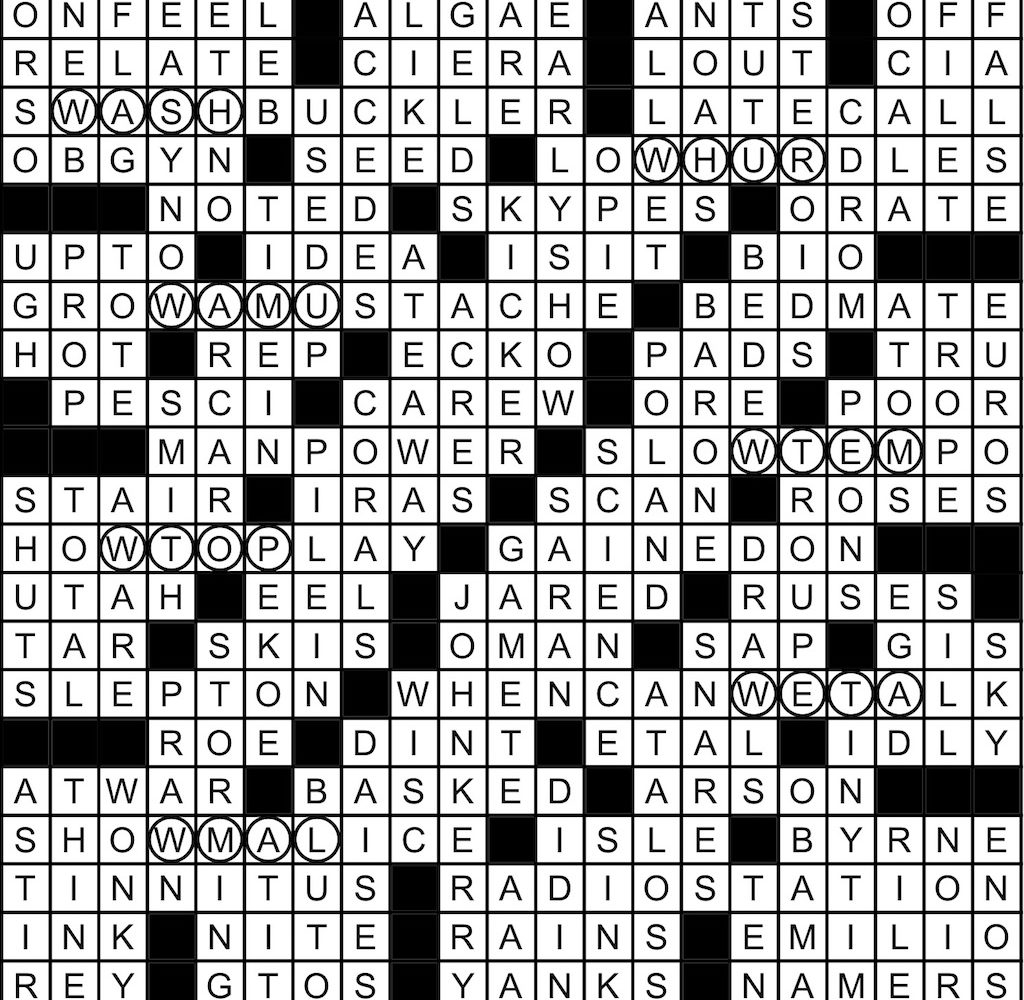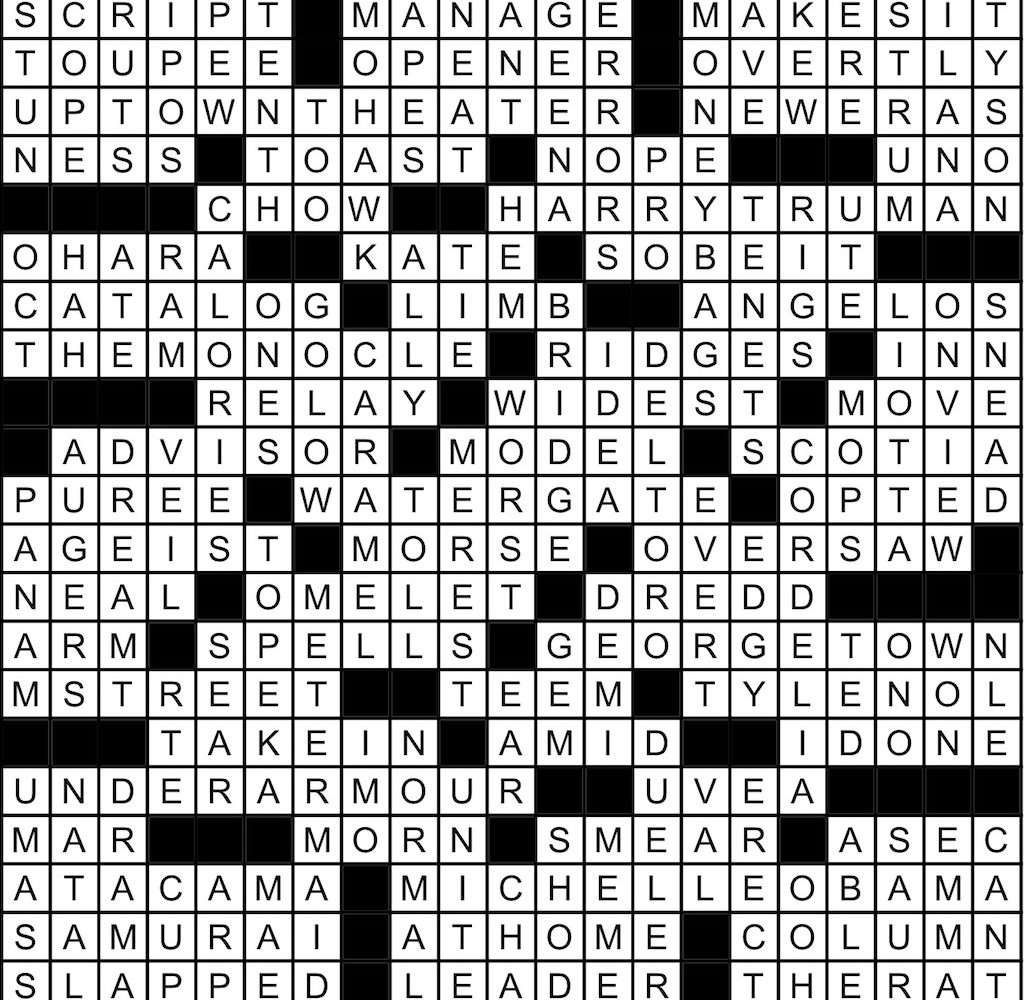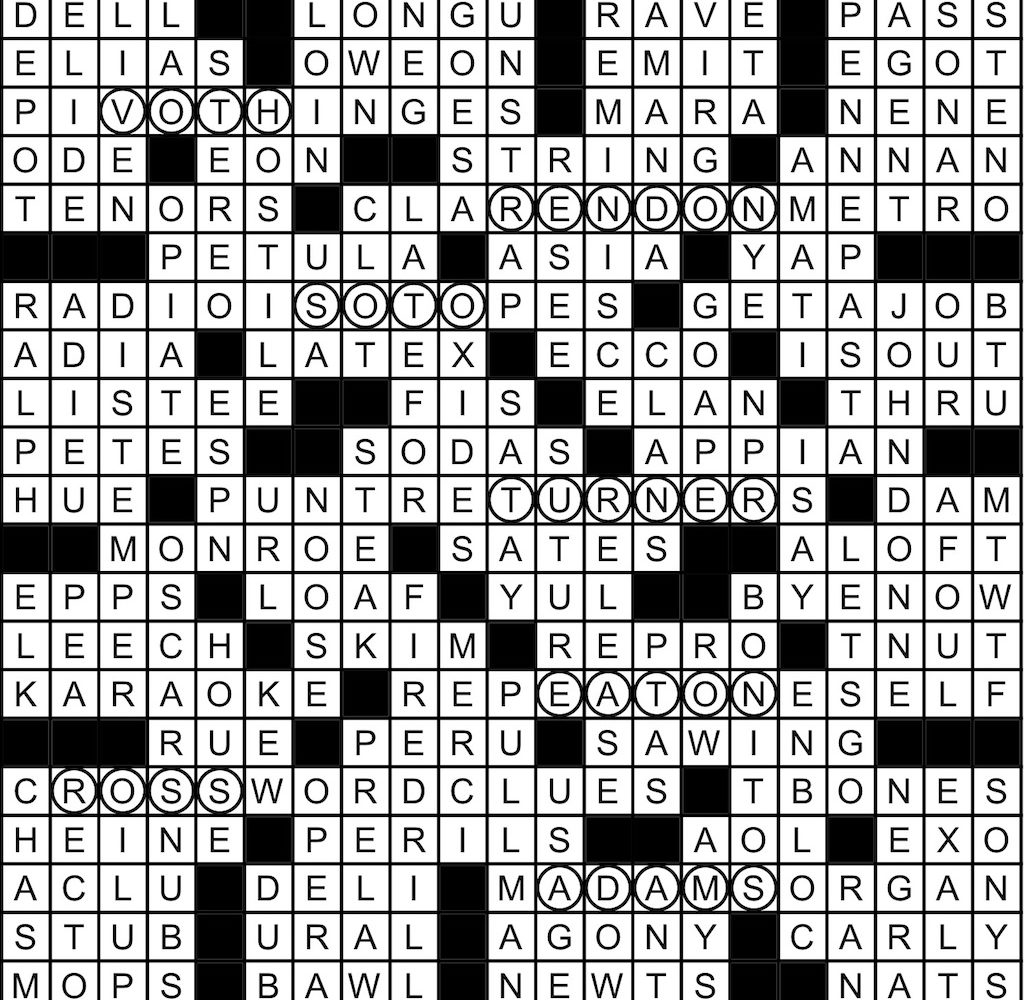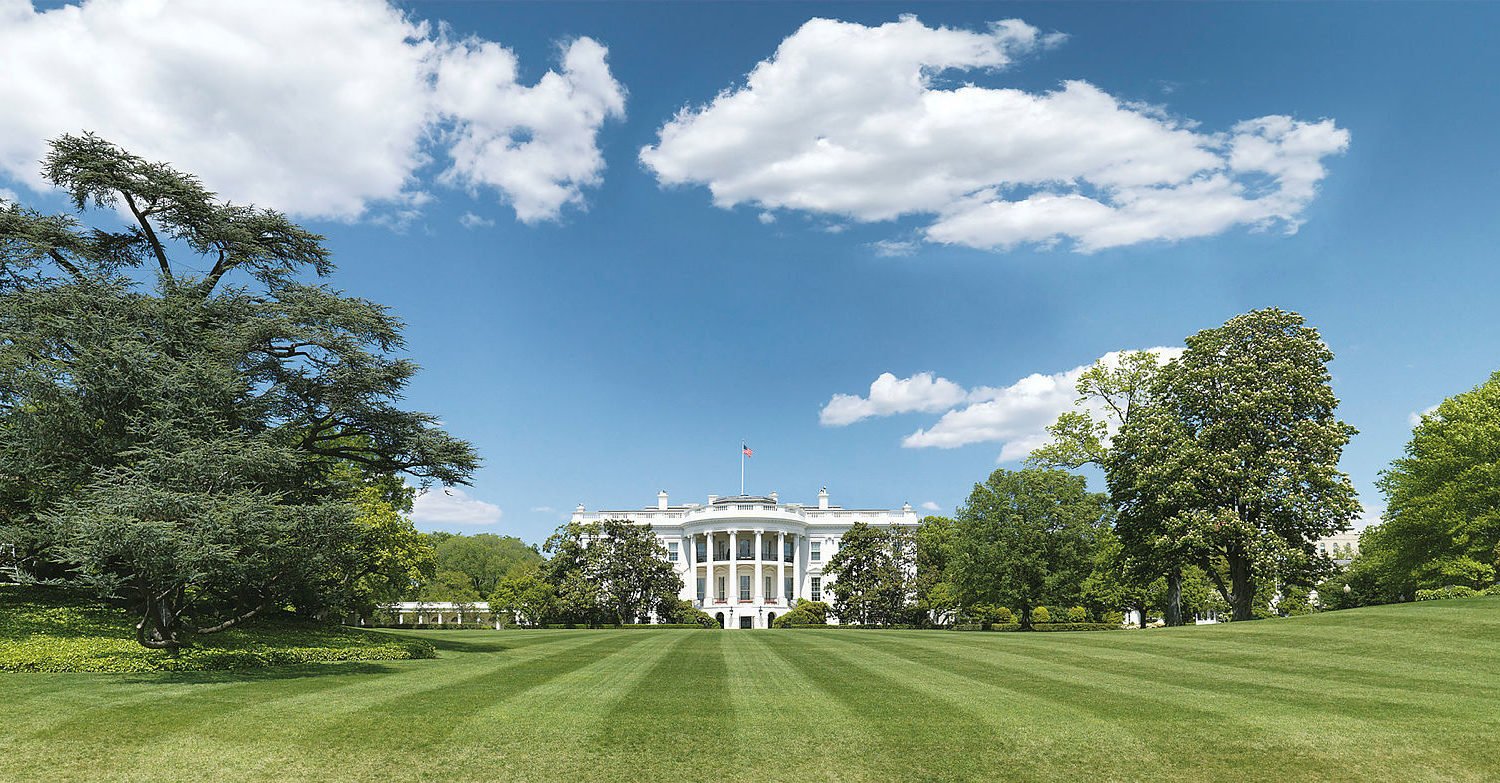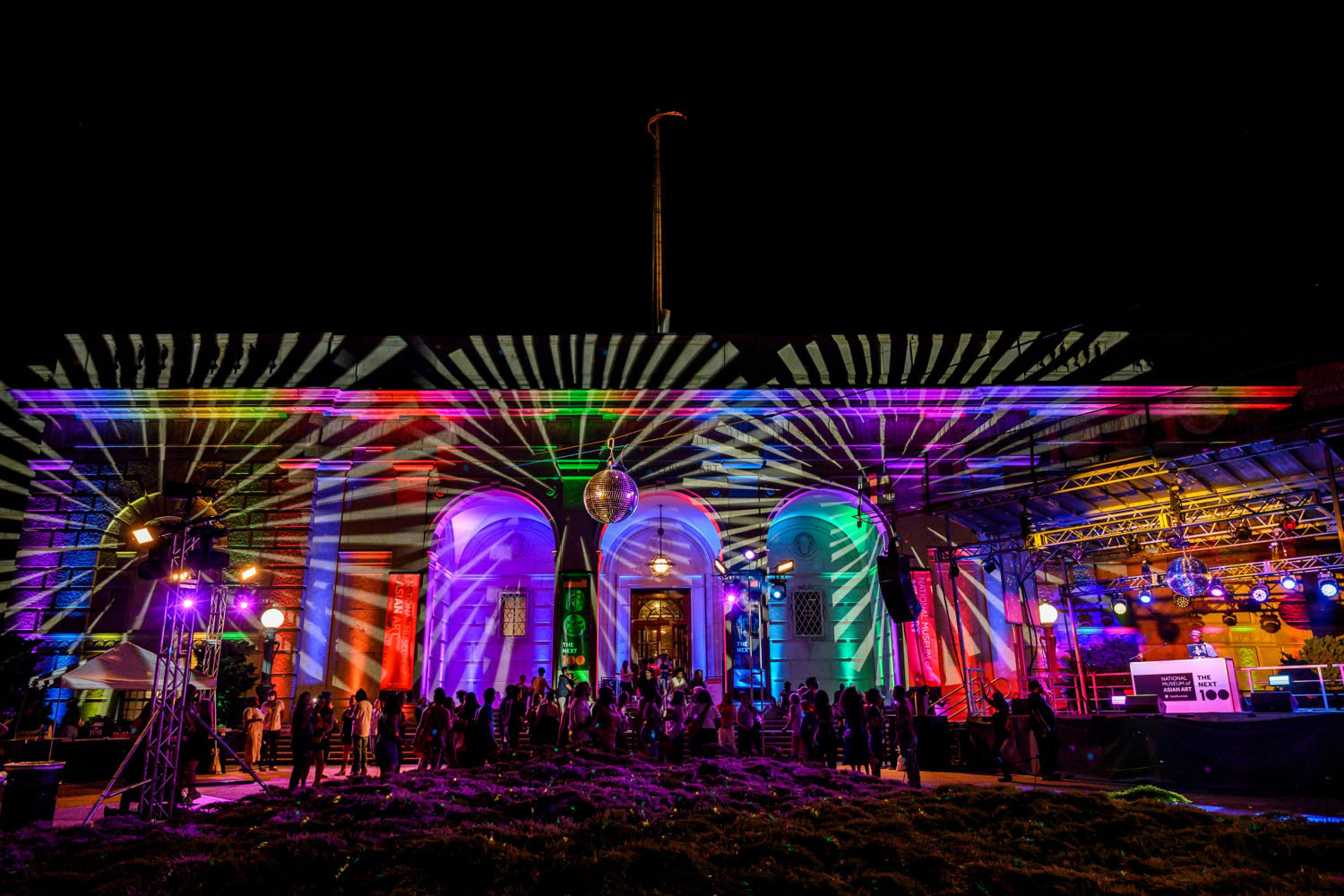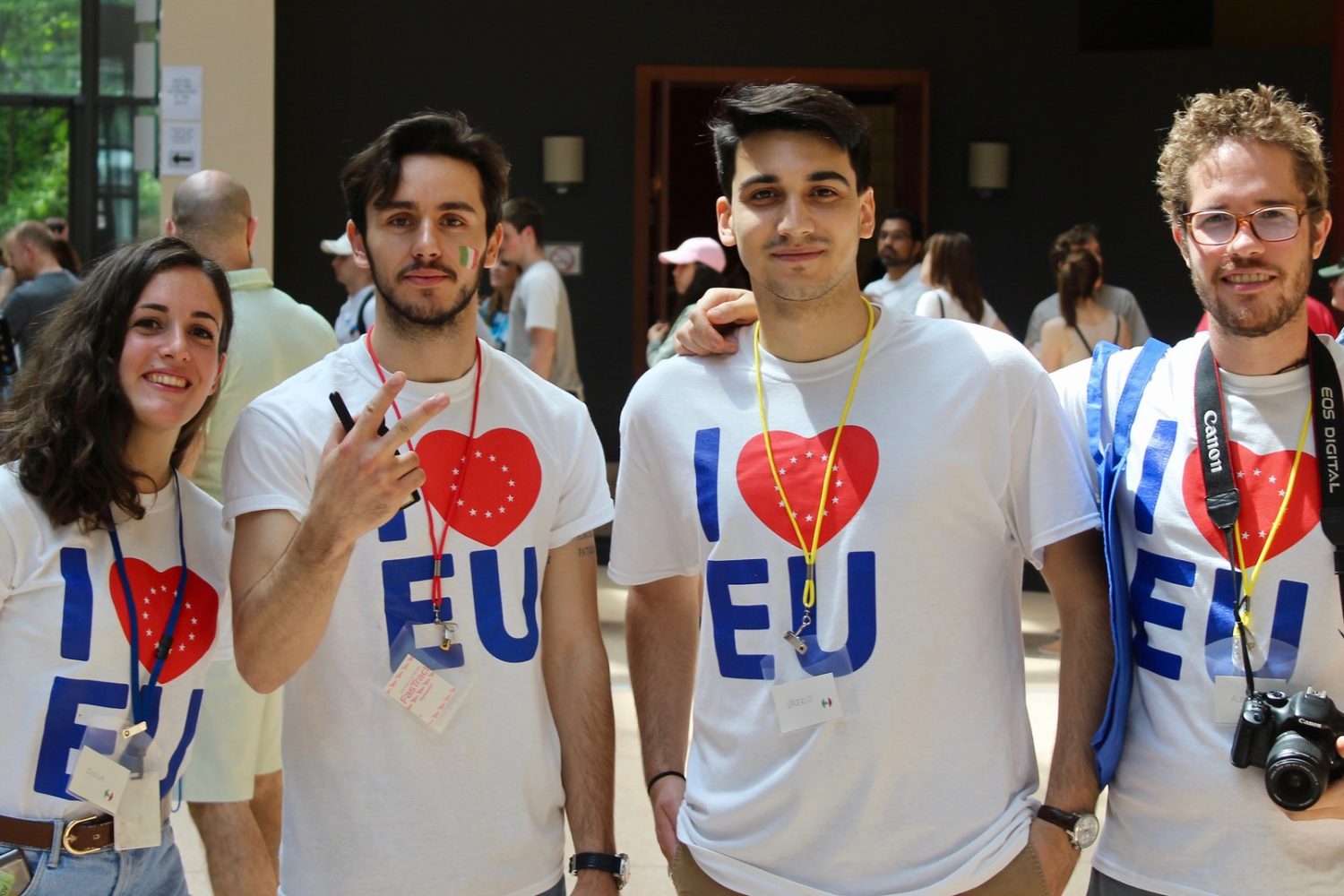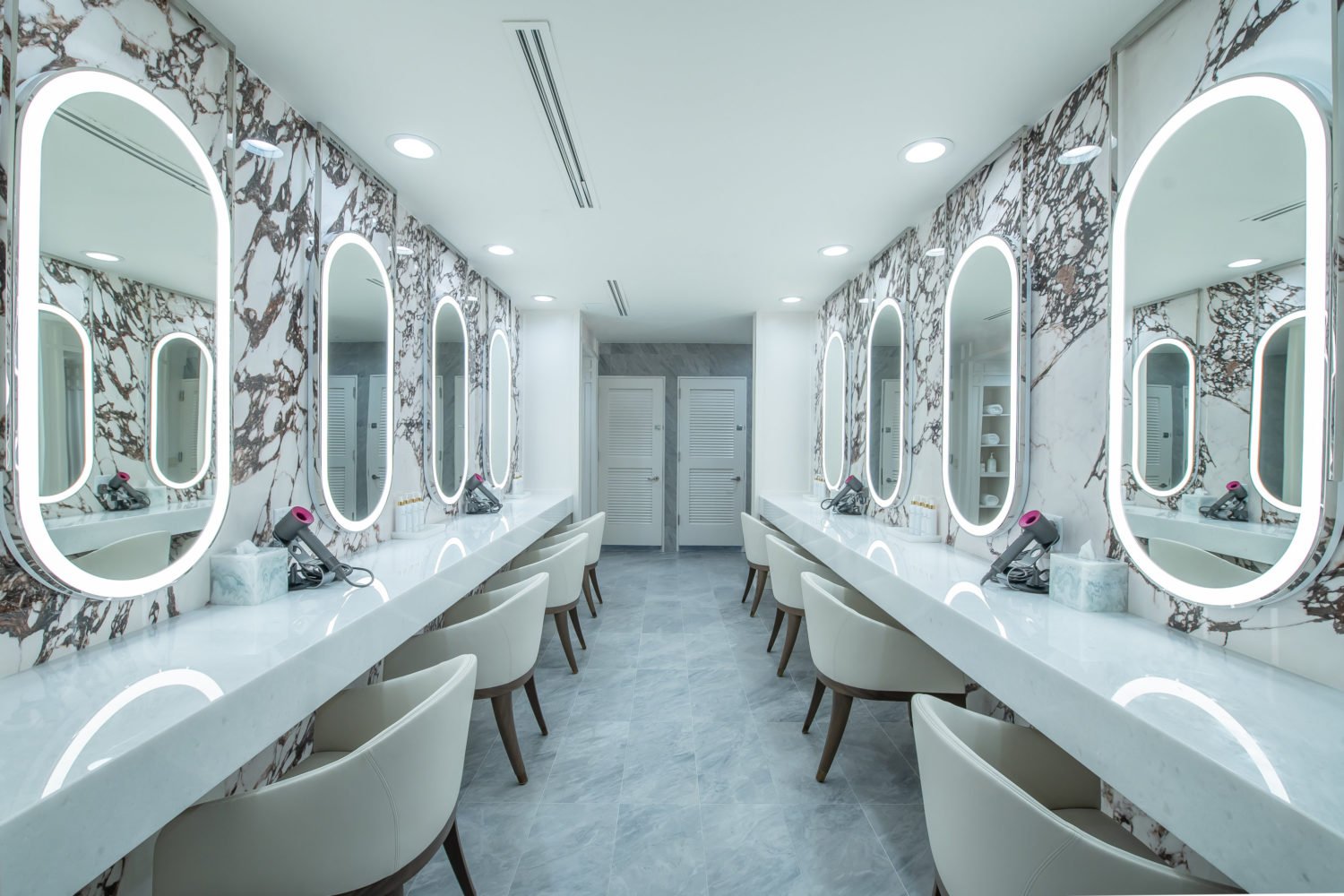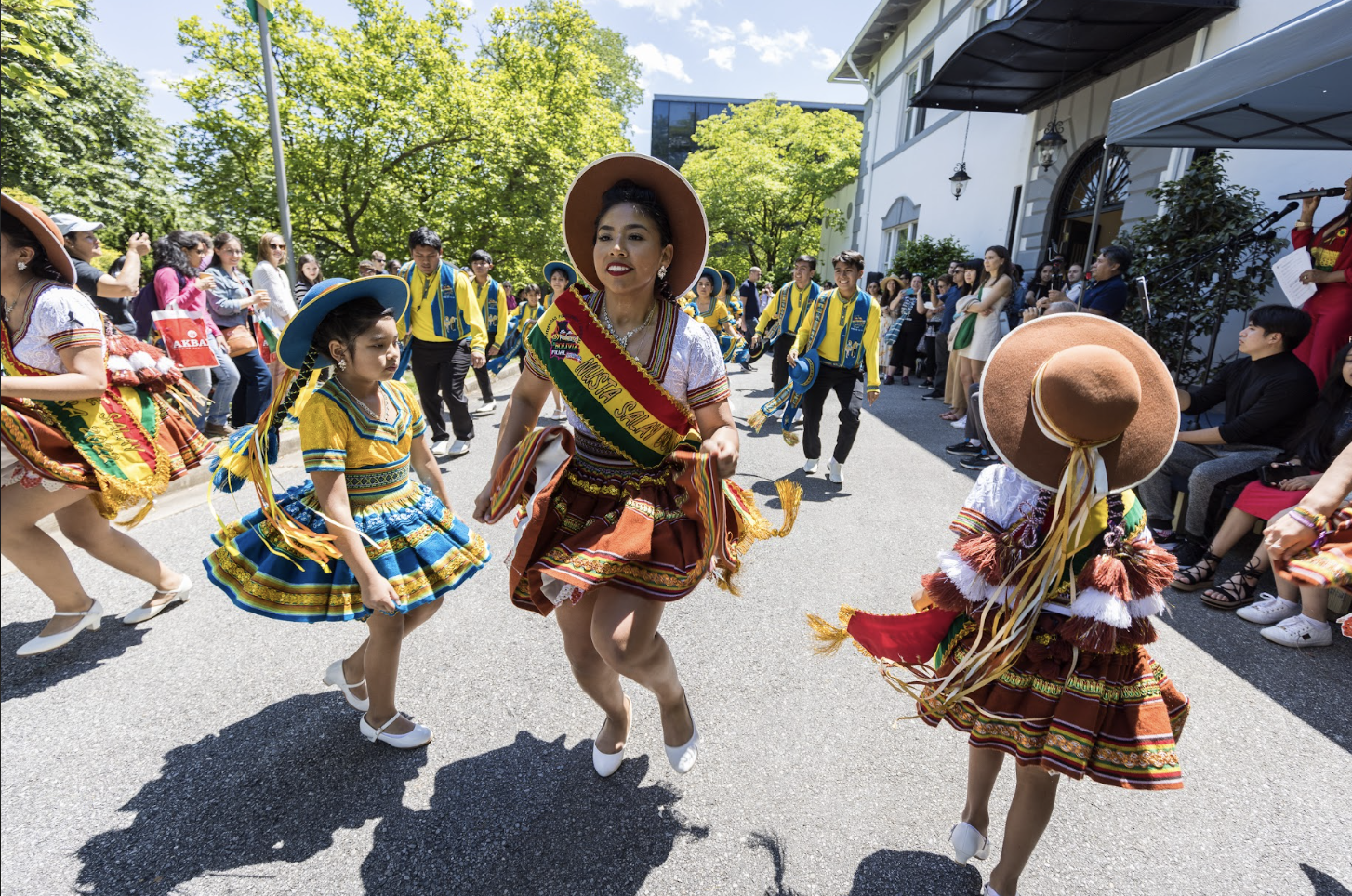THe World Doctors Orchestra and National Philharmonic Chorale at Strathmore. Photograph courtesy of World Doctors Orchestra
The World Doctors Orchestra, composed of physicians who are all devoted amateur musicians from around the world, came together in Washington last week for the tenth anniversary of September 11, 2001. It was both a concert honoring those who lost their lives in the twin towers and a benefit for Whitman-Walker Health. A local glut of other memorial concerts for the September 11 anniversary, most of them free, was likely the cause of the unfortunately large number of empty seats in the hall, but the idea behind the WDO certainly ennobled the undertaking. No one with discerning ears would ever have mistaken the playing of the group for that of a professional orchestra, but perfection of sound was not ultimately the point. Amateur musicians gave their time and talent with the goal of honoring those who died and of raising money to support a local healthcare cause.
The program of music selected was too long, making for an overtaxing three-hour concert, enough to do my head in at the end of a day full of heavy remembrance in Washington. It would have been preferable, surely, to cut the opening work: Barber’s beautiful but cliché-ridden Adagio for Strings, and perhaps also the Mozart violin concerto (Number Five in A major), thrown in for good measure. Barber’s light-hearted nature undermined the weightier message of Mahler’s Second Symphony, which was waiting in the second half. This was not to say that it was not worthwhile to hear the concerto’s soloist, American violinist Tamaki Kawakubo. She won first prize at the Sarasate Competition in 2001 and shared the silver medal at the Tchaikovsky Competition in 2002, when no top prize was awarded that year. She had a dainty, often well-behaved tone (exactly the sort of playing that wins competitions), but her virtuosic flights in striking cadenzas in all three movements—composed by 19th century violinist Joseph Joachim and played here with a zesty, zigeunerisch flavor—were the highlights of the first half. The orchestra, reduced in numbers to chamber size, did their best to keep up with some of her tempo shifts, which could be mercurial (especially in the “Turkish” section of the last movement). She even served up an encore, a demure Bourrée from Bach’s Third Partita for solo violin.
The texts of the Resurrection symphony, Mahler’s second, are beautifully suited to the commemoration of the victims of September 11: a hero’s death, confrontation with forces that attempt to stop his soul from rising to heaven, and his ineluctable destiny to overcome those forces and reach God. The work is a tall order for an amateur orchestra, but there they were in enormous numbers, with results that were at times viscerally exciting, at others less so. Conductor Stefan Willich had much to do just to keep this large ensemble together, so much so that he could not impart much of an interpretation.
Again, it was the professional soloists who contributed the most memorable moments, especially mezzo-soprano Jennifer Johnson Cano, who was lush and warm in tone in the fourth movement, “Urlicht,” and in general could be heard much more clearly than in the last movement than her soprano counterpart, Jeanine De Bique.
The National Philharmonic Chorale, arrayed around the chorister seating like the host of heaven, handled the choral parts with an admirable range of dynamics and expression. It was far from the ideal performance of this work, in purely musical terms, but it had a spirit of volunteer dynamism that made up for those deficiencies in other ways.
Subscribe to Washingtonian
Follow Washingtonian on Twitter
Follow the After Hours Blog on Twitter
More>> After Hours Blog | Arts & Events | Happy Hour Finder | Calendar of Events

